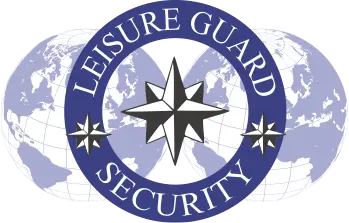Protect your property, reduce your risk, and stay compliant with a proactive inspection strategy built for vacant and unoccupied sites.
Vacant properties aren’t low risk, they’re high exposure. Whether you manage commercial buildings, development plots, or residential blocks between tenants, leaving them unmonitored can lead to serious damage, insurance claim issues, and even legal trouble.
In this article, we break down why Vacant Property Inspections (VPIs) are at the heart of effective vacant property services, and how they protect your empty property security, compliance, and budget.
We’ll also explore what proactive vacant property solutions look like, and how you can build a strategy that meets both insurance standards and your duty of care.
What Can Go Wrong Without a VPI?
When a property is left unmonitored, it’s not just the obvious risks like break-ins you need to worry about. Slow, undetected problems can develop over days or weeks, turning what would have been a minor fix into a major financial and legal issue.
From leaks and vandalism to squatters and insurance disputes, the real cost of inaction adds up fast. The table below shows some of the most common (and costly) scenarios property owners face when vacant property inspections are skipped, and how regular VPIs could have prevented them.
| Risk | Potential Cost | Prevention with VPI |
|---|---|---|
| Water leak / burst pipe | £9,000–£17,000+ | Early detection, system shut off |
| Fire hazard (faulty wiring) | £21,000–£30,000+ | Identification of fire risks |
| Trespassing or squatting | £5,000–£20,000+ | Regular presence deters illegal occupation |
| Fly-tipping on site | £1,000–£10,000+ | Ongoing visual checks to report and remove waste |
| Insurance claim denied | Full cost of damage | Time-stamped inspection logs meet insurer demands |
Insurance Compliance: What Your Policy Might Not Tell You
When your property becomes vacant, your insurance doesn’t just pause, it changes. Most policies include a vacant property clause that quietly activates after a set period of unoccupancy (often 30 days). From that point on, you’re operating under stricter conditions, even if your premiums stay the same.
Failing to meet those conditions, even unintentionally, can lead to devastating consequences. We’ve seen genuine claims for tens of thousands rejected simply because there was no inspection report, or visits were carried out a few days late.
Insurers typically require:
- Routine inspections at set intervals (usually every 7–14 days)
- Detailed written reports with photo evidence
- Logs that prove timing, access, and personnel
And here’s the catch: they won’t remind you when the property becomes vacant or enforce the rules up front, they’ll only reference them when you try to claim.
Most UK insurance policies contain a vacant property clause that activates once a building has been unoccupied for 30 days. After this, they typically require:
- Inspections every 7–14 days
- Photographic documentation
- Secure access logs
- Trained personnel
🔴 Failure to meet these terms can result in:
- Claim rejection
- Voided coverage
- Increased future premiums
✅ With a VPI provider like Leisure Guard Security, every inspection includes a formal report, photographic evidence, and time-stamped records, giving your insurer exactly what they need.
Preventing Costly Damage: Spot the Small Issues Before They Spiral
When a building is occupied, there’s always someone around to notice when something isn’t quite right, a strange noise, a damp patch, a flickering light. But when that same property sits empty, those small warning signs go unseen… until they become expensive disasters.
Vacant properties are especially vulnerable to hidden damage, and the longer an issue goes undetected, the more it costs, not just in repairs, but in downtime, insurance excesses, and long-term asset deterioration.
Think about it:
- A small leak under a sink becomes a full-blown flood
- A loose roof tile leads to water ingress and ceiling collapse
- A tripped fuse disables your heating during a cold snap, causing pipes to burst
- Faulty wiring causes a silent electrical fire that spreads before anyone notices
These are not rare events, they’re common problems we see regularly, and they often stem from nothing more than a lack of regular inspections.
With a proactive VPI schedule, you’re not just complying with insurance, you’re catching these issues early, saving thousands in reactive costs and protecting the long-term value of your property.
The Real Cost of Action vs. Inaction
| Issue | Cost With Regular VPI | Cost Without VPI | What’s Prevented |
|---|---|---|---|
| Minor plumbing leak | £150–£300 (early repair) | £9,000–£17,000 (flood damage) | Structural water damage, ruined flooring, mould |
| Roof damage from high winds | £250–£500 (tile replacement) | £5,000+ (internal ceiling collapse) | Weather ingress, stock damage |
| Fly-tipping in car park | £0–£200 (early removal) | £1,000–£10,000 (cleanup, fines) | Local authority fines, brand damage |
| Squatter occupation | £0 (deterrent visible presence) | £5,000–£20,000+ (eviction & repairs) | Legal fees, vandalism, redecoration |
| Faulty fire alarm system | £100–£300 (servicing) | £20,000+ (fire damage, liability) | Compliance failure, major insurance claim risk |
| Blocked gutters/downpipes | £50–£150 (clearing) | £2,000+ (damp, wall damage) | Prevents long-term water damage to exterior/internal walls |
✅ Key Takeaway:
Proactive inspections cost a fraction of what emergency repairs and insurance excesses do. Regular VPIs don’t just save money, they protect your asset, reputation, and peace of mind.
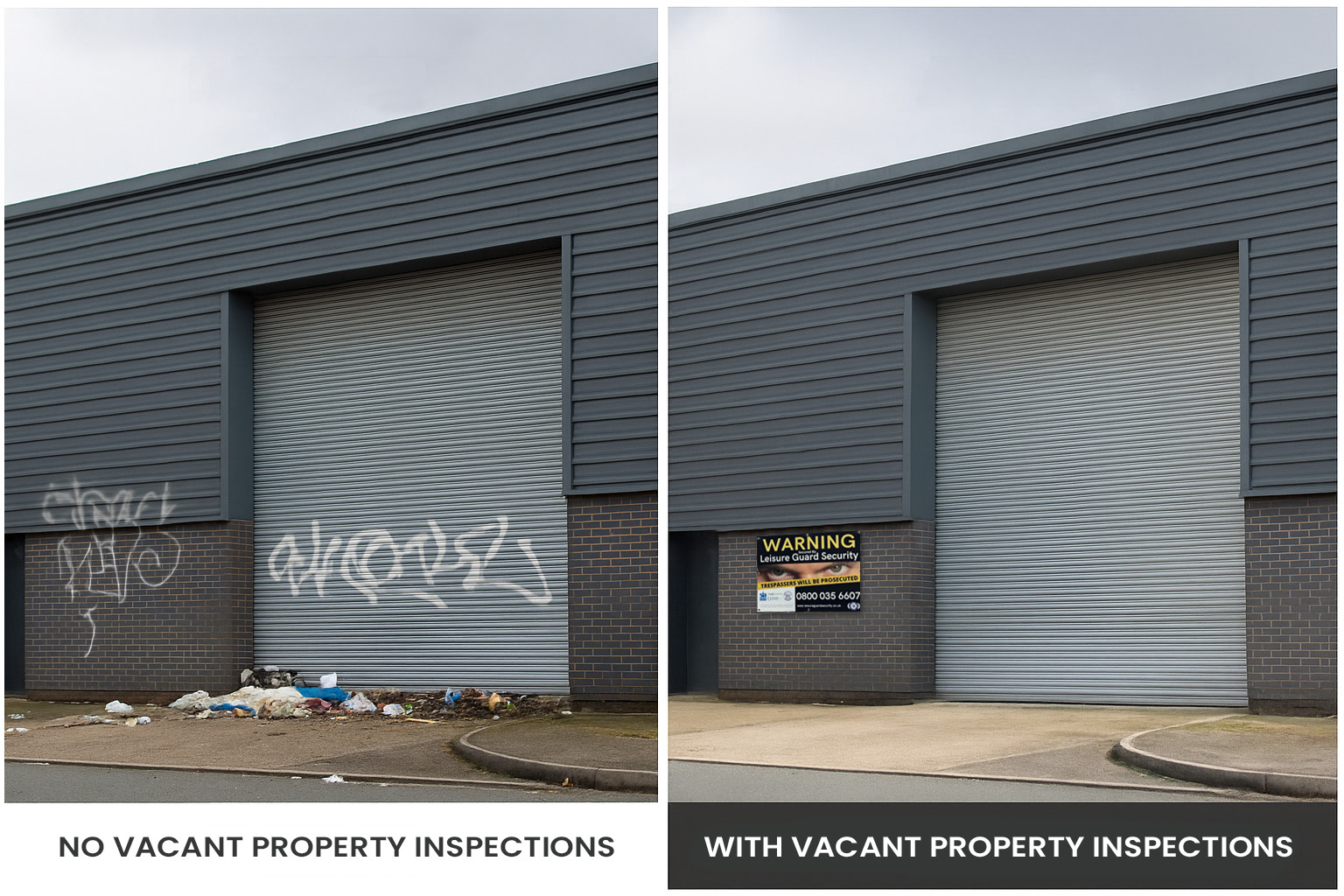
Deterrence and Reputation Protection: Stop Problems Before They Start
Proactive inspections cost a fraction of what emergency repairs and insurance excesses do. Regular VPIs don’t just save money, they protect your asset, reputation, and peace of mind.
Deterrence and Reputation Protection: Stop Problems Before They Start
When a property looks empty, it becomes an open invitation.
Fly-tippers, vandals, squatters, they’re not just looking for opportunities, they’re looking for easy targets. And vacant buildings with overgrown grounds, piled-up post, or no visible activity send a very clear message: “Nobody’s watching.”
That perception alone can cause thousands of pounds in physical damage, legal issues, and brand embarrassment.
🚨 Common Risks to Reputation and Safety:
- Fly-tipping: Commercial or hazardous waste dumped on-site, leaving you responsible for removal and legal compliance
- Graffiti and vandalism: Devalues the property and surrounding area, often requiring costly repair and specialist cleaning
- Squatter entry: Can take weeks to remove legally, often causing structural or fire damage in the meantime
- Social media exposure: Sites with poor external condition are often posted publicly, hurting your brand as a landlord or managing agent
But here’s the good news: presence is prevention.
Regular Vacant Property Inspections (VPIs) send a powerful signal:
- The building is actively monitored
- Access is controlled and documented
- Unlawful activity will be noticed, and responded to
Even better, with professional signage, routine visits, and photographic logs, you’re not only protecting your asset, but you’re also demonstrating responsible ownership to insurers, local authorities, and future tenants.
Legal & Regulatory Compliance: Your Duty Doesn’t End When the Property is Empty
Vacant doesn’t mean exempt. Even when a property is unoccupied, owners and managers still carry legal responsibilities, and failing to meet them can result in serious financial and legal consequences.
In the UK, your obligations under health and safety law, occupier’s liability, and fire safety regulations continue, regardless of whether anyone is currently using the building.
🛑 Common Compliance Issues in Vacant Properties:
| Risk Area | Legal Implication |
|---|---|
| Blocked fire exits | Breach of the Regulatory Reform (Fire Safety) Order 2005 |
| Unmaintained electrical systems | Fire hazard; may void public liability insurance |
| Unsafe or unstable structure | Legal liability under Occupiers’ Liability Act 1957 & 1984 |
| Accessible hazards (e.g. debris) | Risk of injury to trespassers, contractors, or the public |
| Failure to inspect | Could be seen as negligence in the event of damage or injury |
If a member of the public, a contractor, or even a trespasser is injured due to unsafe conditions on-site, you could be held liable, regardless of whether the property is currently occupied.
That’s why routine inspections play a critical role in showing that:
- You are fulfilling your duty of care
- You are actively managing risk
- You have documentation to support your compliance in the event of a claim or investigation
🔐 VPIs Aren’t Just About Insurance — They’re About Accountability
Whether it’s an obstructed emergency exit, a collapsed ceiling tile, or an unsecured boundary fence, regular inspections help you spot risks before they result in court claims or compliance failures.
Regular VPIs don’t just keep your insurer happy, they help you stay on the right side of the law.
professional vacant property inspections
Stay compliant, avoid costly surprises, and protect your property from just £30 per month + VAT.
Get started with a free consultation today.
Stakeholder Peace of Mind: Protecting More Than Just the Property
When a building is vacant, there’s more at stake than bricks and mortar.
You’re not just safeguarding the structure, you’re protecting business continuity, financial stability, and the confidence of everyone connected to the site. That includes landlords, managing agents, developers, tenants, and insurers, each with their own expectations and concerns.
Regular Vacant Property Inspections (VPIs) show that the property isn’t forgotten, it’s being actively cared for. And in doing so, they provide something that’s just as valuable as insurance coverage: peace of mind.
Who Needs Reassurance, and Why:
| Stakeholder | What They Need to Know | How VPIs Help |
|---|---|---|
| Landlords | That their asset is protected and won’t lose value | Spot issues early and reduce costly claims or legal disputes |
| Property managers | That they’re meeting legal and contractual obligations | Provides evidence of due diligence and active management |
| Developers | That unoccupied phases of a site won’t delay or increase costs | Ensures safety, access, and site readiness |
| Tenants-in-waiting | That the building is safe, secure, and not deteriorating | Maintains lettable condition and reduces void periods |
| Insurers | That risks are being controlled and documented consistently | Satisfies policy terms and strengthens future claims |
| Investors/stakeholders | That the property remains a viable and responsibly managed asset | Preserve reputation, value, and return on investment |
Routine inspections send a clear message to all parties:
“This property is not neglected — it’s under control.”
This is particularly important for large portfolios, where one poorly maintained site can damage the brand, delay redevelopment, or create unexpected legal exposure.
Whether you’re reporting back to clients, reassuring directors, or preparing for tenant handover, a solid VPI process is your strongest proof that every box is being ticked.
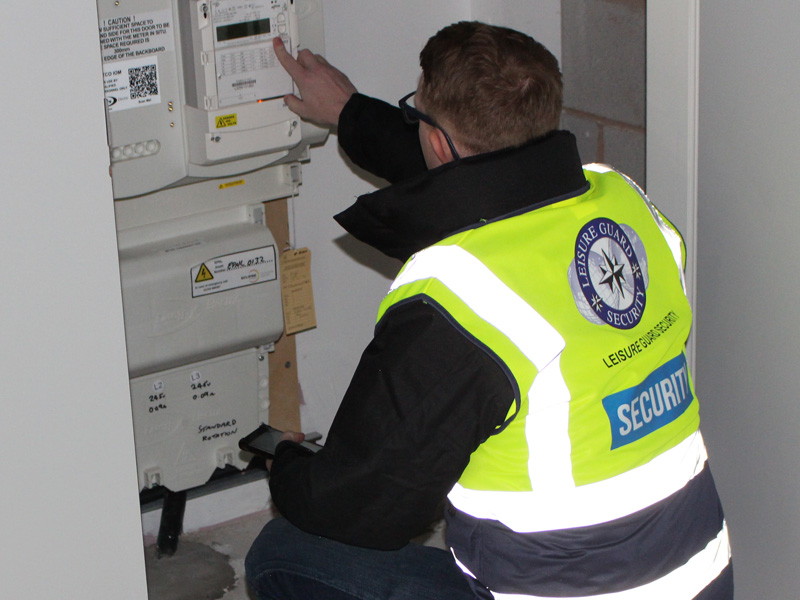
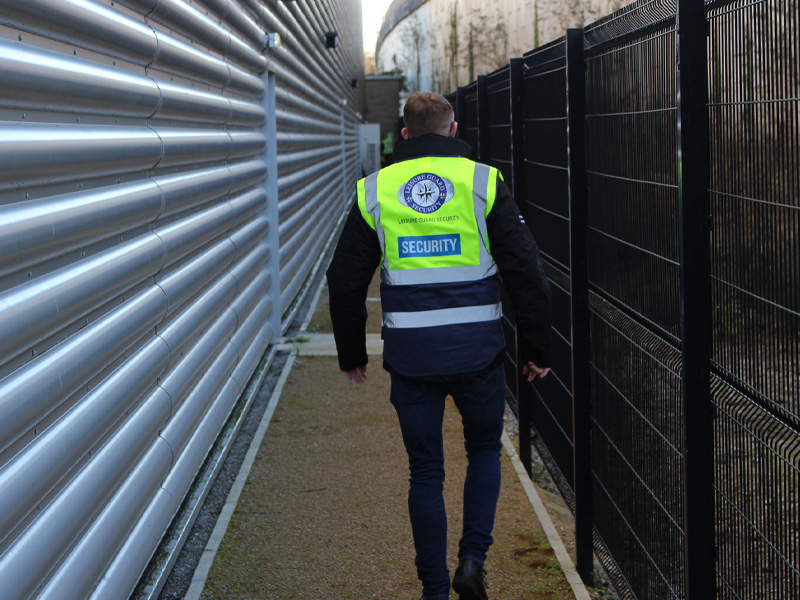
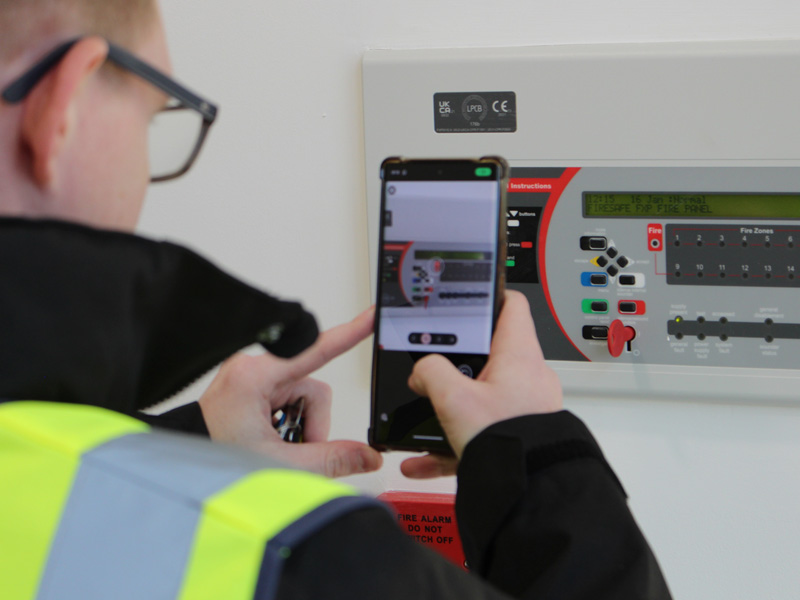
What Makes an Effective Vacant Property Solution?
A truly secure property isn’t just about one inspection every now and then. The most effective vacant property solutions are built around a layered strategy that combines people, processes, and technology to reduce every type of risk, from opportunistic crime to environmental damage.
That’s because vacant buildings are dynamic, risks change with the season, the location, and even how long a property has been unoccupied. One-size-fits-all protection simply doesn’t work.
Instead, an effective vacant property service should include a combination of preventative measures, active deterrents, and rapid response capabilities.
Core Elements of Security for Vacant Property
| Service | Purpose | Why It Matters |
|---|---|---|
| Vacant Property Inspections (VPIs) | Physical inspections to assess condition, safety, and compliance | Ensures early detection of risks and satisfies insurance conditions |
| Keyholding Services | Secure off-site key storage and access management | Enables authorised, documented access for emergencies or inspections |
| Mobile Patrols | Regular drive-by or walk-in checks | Acts as a visible deterrent to vandals, squatters, and fly-tippers |
| Alarm Response | Trained officers attend alarm activations promptly | Minimises damage and protects claim integrity |
| Temporary CCTV / Monitored Systems | Provides real-time oversight between physical visits | Enhances deterrence and 24/7 monitoring |
| Warning Signage & Barriers | Indicates the site is being monitored and managed | Prevents trespassing and supports duty of care |
Secure Your Empty Property With A VPI Inspection
Stay compliant, avoid costly surprises, and protect your property from just £30 per month + VAT.
Get started with a free consultation today.
Tailored Solutions, Not Templates
The best vacant property solutions aren’t static, they’re tailored to:
- The risk profile of the property (urban vs. rural, construction vs. retail)
- The policy requirements of your insurer
- The legal obligations of the property owner or manager
- The timeline (void period vs. long-term unoccupied)
Whether it’s a multi-site portfolio or a single unit awaiting redevelopment, the right provider will help you build a plan that meets all these needs without overpaying for services you don’t use.
Why Integration Matters
When inspections, keyholding, patrols, and response come from one provider, it streamlines:
- Access
- Documentation
- Accountability
- Cost
No confusion, no delays, just reliable, compliant, professional protection.
🏢 Leisure Guard Security offers fully integrated vacant property services starting from just £30/month + VAT, covering Greater Manchester and surrounding areas.
Basic Protection vs. Comprehensive Vacant Property Solution
| Feature | Basic Protection | Comprehensive Solution |
|---|---|---|
| Vacant Property Inspections (VPIs) | Ad hoc or occasional visits | Scheduled, compliant, and fully documented inspections |
| Photographic Reports | Not always included | Provided after every visit, with timestamps |
| Keyholding Access | Not provided or self-managed | Secure, off-site key storage with access logs |
| Mobile Patrols | None or reactive only | Routine drive-by or on-foot checks to deter intrusion |
| Alarm Response | May rely on police or site contacts | 24/7 trained officer response within target SLA |
| Fly-tipping & vandalism checks | Not monitored | Checked every visit and reported with photo evidence |
| Fire hazard and H&S checks | Not addressed | Inspected and documented to support legal compliance |
| CCTV or deterrent signage | Not included | Available as part of layered protection strategy |
| Legal and insurance compliance | Assumed, not verified | Tailored to match policy terms and risk profile |
| Stakeholder reassurance | Minimal visibility | Clear records, professional presence, and peace of mind |
Frequently Asked Questions About Vacant Property Inspections (VPIs)
Why are vacant property inspections important?
Vacant property inspections are essential because they help prevent costly damage, reduce legal liability, and ensure insurance compliance. Without regular checks, minor issues like leaks, vandalism, or system failures can go unnoticed, resulting in major claims that insurers may reject.
What is included in a vacant property inspection?
A typical inspection includes checks on doors, windows, fire safety systems, utilities, signs of trespass, structural issues, and external grounds. Professional providers like Leisure Guard also supply time-stamped photographic reports to support insurance claims.
How often should a vacant property be inspected?
Most insurers require inspections every 7 to 14 days, depending on the property type and risk level. Missing this window — even by a few days, can put your insurance cover at risk.
What happens if I don’t inspect a vacant property regularly?
You could face:
Denied insurance claims
Increased damage from undetected issues
Legal liability under health and safety law
Squatter entry or fly-tipping
Reputational damage with stakeholders
Regular inspections are your first line of defence.
What’s the difference between vacant property inspections and vacant property services?
Vacant property inspections are just one part of a broader strategy. Vacant property services include inspections, keyholding company, mobile patrols, alarm response, and more, designed to fully protect your asset while it’s unoccupied.
Are vacant property inspections legally required?
Not always by law, but under UK occupiers’ liability and fire safety legislation, you’re still responsible for making sure the site is safe. Regular inspections prove due diligence and help protect against legal action.
What’s the cost of a vacant property inspection?
Prices typically start from £30/month + VAT, depending on location, frequency, and service level. Compared to the cost of uninsured damage or legal claims, it’s a smart investment.
Do empty properties really need security services?
Yes. Empty property security is crucial. Vacant buildings are at higher risk of break-ins, arson, and environmental damage. Without regular inspections, even your insurance may not apply.
Can you help me build a full vacant property solution?
Absolutely. Leisure Guard offers tailored vacant property solutions including inspections, keyholding, alarm response, and patrols — all designed to protect your property and satisfy insurance and legal requirements.
How do I get started with a vacant property inspection plan?
You can call 0800 035 6607, email info@leisureguardsecurity.co.uk. We’ll help you assess your risk, check your insurance terms, and create a schedule that keeps you covered.
Do vacant property inspections help with insurance claims?
Yes. Inspections provide timestamped documentation that insurers use to verify compliance with your policy. Without these records, even valid claims can be delayed or denied, especially for fire, flooding, or vandalism.
Can I do the inspections myself to save money?
Most insurers require that inspections are carried out by a qualified third party. DIY inspections may not meet policy terms, especially if they’re not documented properly or carried out inconsistently.
How can I prove my property was inspected regularly?
Leisure Guard Security provides:
Digital checklists
Photographic evidence
Time-stamped inspection logs
This information forms a clear audit trail for insurers, stakeholders, and legal protection.
What’s the best vacant property service package?
That depends on your risk level, location, and occupancy timeline. A typical package might include:
Bi-weekly inspections
Keyholding for rapid access
Alarm response coverage
Perimeter checks and deterrent signage
Speak to our team to build a package tailored to your property.
Is this service only for commercial buildings?
No. Vacant property inspections are ideal for:
Developers in phased construction
Public sector buildings (schools, healthcare)
Commercial offices or retail awaiting sale or lease
If the property is empty, it’s vulnerable, regardless of its type.
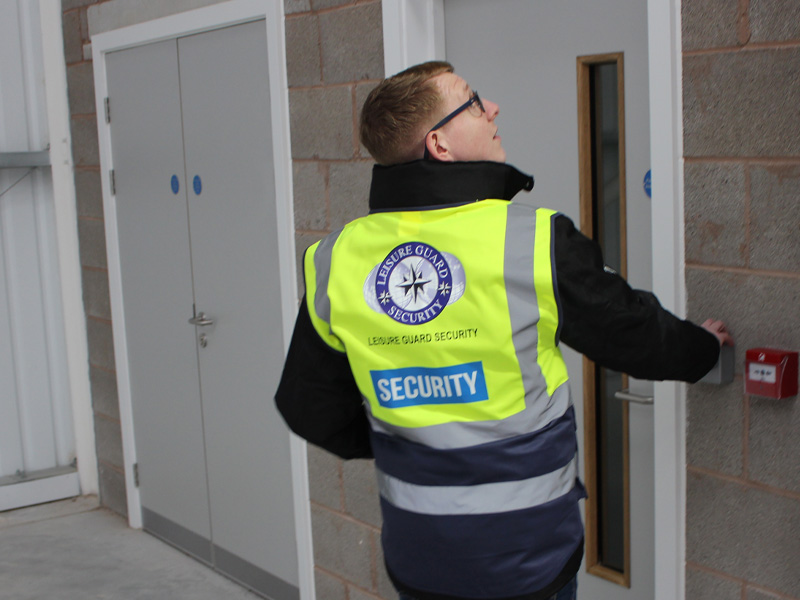

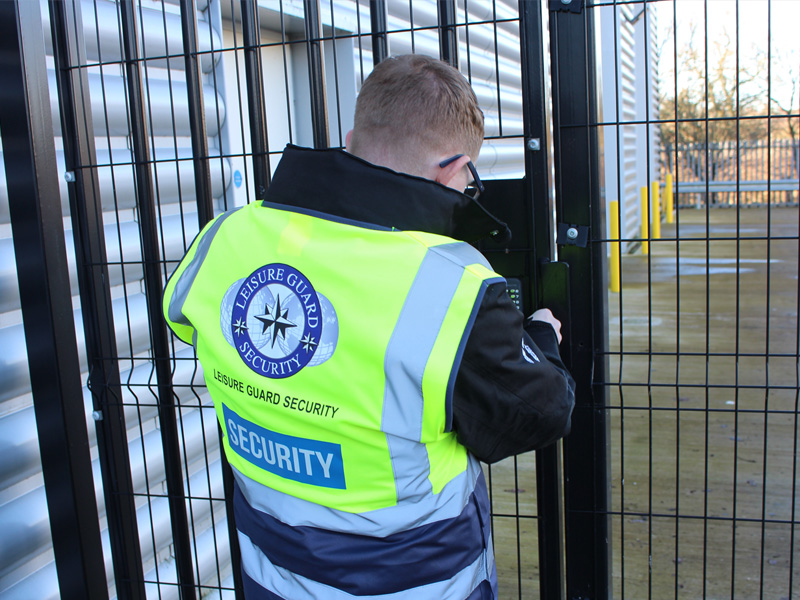
Vacant Property Inspections You Can Rely On
At Leisure Guard Security, we specialise in delivering insurance-compliant Vacant Property Inspections (VPIs) that help you protect your asset, maintain compliance, and prevent costly surprises — all without the stress of managing it yourself.
Starting from just £30/month + VAT, our professional VPI service gives you complete peace of mind that your property is being actively monitored, documented, and protected while it’s unoccupied.
Ready to Protect Your Property?
Don’t wait until it’s too late.
Whether your site is vacant for weeks, months, or indefinitely, we’re here to keep it secure and compliant, so you don’t have to worry.
Call us on 0800 035 6607
Email info@leisureguardsecurity.co.uk
Or request a free VPI consultation in the form here
